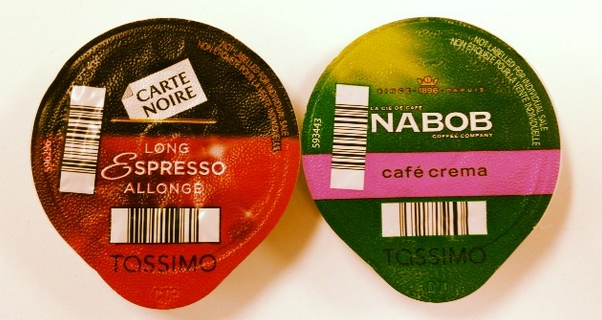Blog post by Joanne David
Barcodes do a lot of things. Barcodes hold information that can be read by machines just like coffee machines that read barcode to select the coffee of your choice such as espresso, latte or regular coffee without having to program the machine each time fro milk or density of your coffee.
A barcode when it is read by a finishing device will tell the device what you want to do with the pile of paper you’ve just inserted in the machine. Let say you’ve just printed an 8-up Birthday invitation that needs to be slit, crease and trimmed. If you do not use a barcode, you will go to the finishing device and select one of the profiles that exist in the machine. Do not make mistake! If you select the wrong one, you will have to reprint! Now using barcode: for this 8 up job that you do so frequently you have a profile identified as PROFILE 1 on your finishing device. Before printing, you will impose your jobs 8-up with a good imposition software that can create that barcode with PROFILE 1 as the content. And just like your coffee machine that reads barcode to select the coffee of your choice, this barcode once printed as part of the job on paper, will be read by the machine and will tell the machine to retrieve PROFILE 1 for your 8-up invitation and will deliver finished folded invitations. This can be done for up to the maximum profiles this machine can hold and your imposition can be used with hot folder to automate all your work at finishing the same way.
The advantages of using barcode besides getting your same favourite coffee every time?
1) you do not have to select finishing profile manually any more as the barcode does that for you;
2) you do not have to try and test the machine on your printed paper and again risking wasting good printed paper;
3) your imposition and finishing are now one single task and your repetitive work is now automated suing hot folders.

